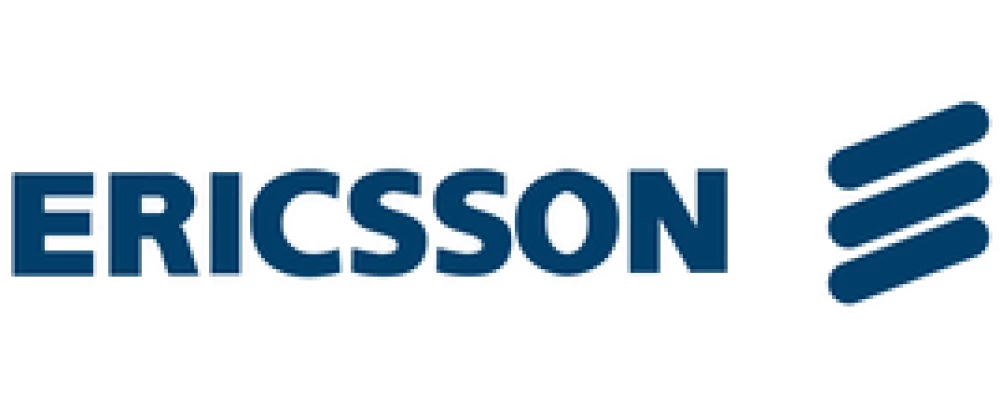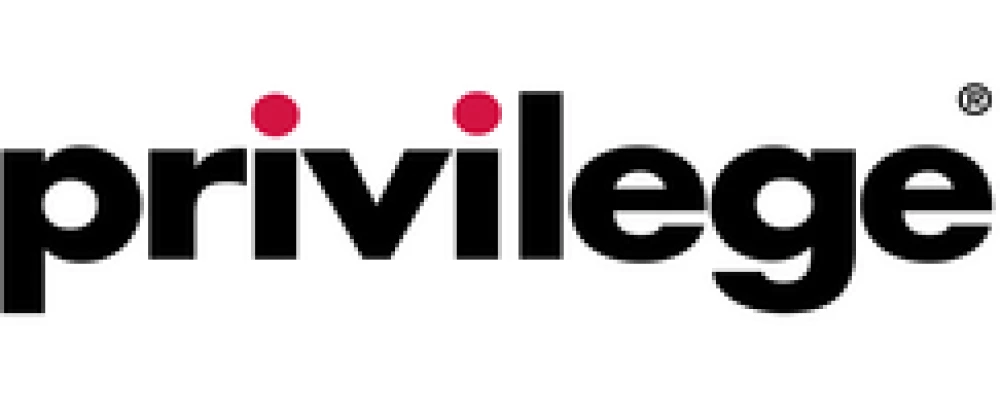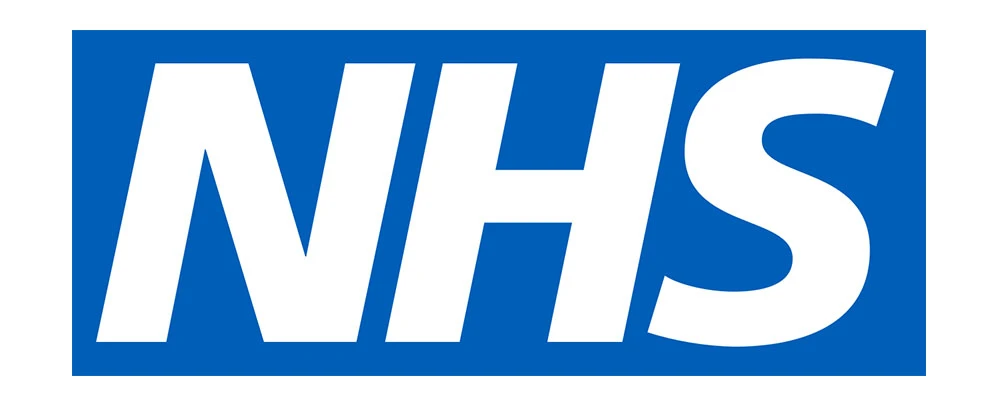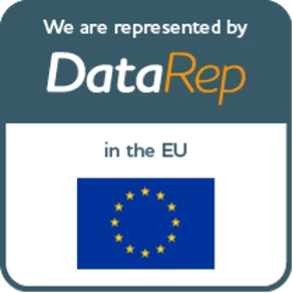What is brand tracking and how do you use it?
What do Dixons, Woolworths and Blockbusters all have in common? Once iconic brands, they have all now disappeared from our high streets. Why? Because things change. Brands fall out of favour for a wide variety of reasons – technological change, economic issues and competitive pressures to name just a few.
This is why it is important to be aware of the health of your brand – nobody wants to end up in a nostalgia blog about famous brands that no longer exist. Brand tracking enables you to measure the performance of your brand over time and to use the insights gained to improve brand awareness, brand loyalty, perception, and market position.
What is Brand Tracking?
Brand tracking is the process of monitoring and analysing the performance of a brand over time. It involves gathering brand-related metrics such as brand awareness, brand perception, brand loyalty, and purchase intent. Once you have collected the data, you can determine the brand’s strengths and weaknesses, identify areas for improvement and track changes in brand equity and value over time.
You can gather brand metrics through various methods including social media listening, analysis of online reviews, qualitative interviews, focus groups, customer service feedback and website analytics. However, for the most effective and flexible way to measure brand health, we recommend using a purpose-built, quantitative, longitudinal brand-tracking survey – a brand tracker.
Brand trackers enable you to tailor the metrics and the approach to your brand vision and to support the decisions you need to make about marketing, brand positioning strategy, product development, customer service and any other brand-related issue.
Why is brand tracking important?
Brand tracking will provide you with insight into how your brand is performing in the market and enable you to identify areas of strength and weakness so that you can adjust marketing strategies over time, leading to improved customer satisfaction, increased sales, brand loyalty, and overall business growth.
Key benefits of brand tracking include the following:
Measuring brand equity
Are people aware of your brand? Is it top of mind, or do they need prompting before they recall it? With what do they associate your brand? How positive do they feel towards your brand? And how likely are they to buy your brand? A brand tracker can answer all these fundamental questions.
Targeting customer segments
You can use your brand tracker to understand how the brand performs in different parts of your market, which will enable you to fine-tune your approach. If you have an existing customer segmentation you can use golden questions to tag respondents within your brand tracker survey. You can also use any of the demographic or classification questions within the tracker to explore performance in different parts of the market. For example, if you discover that younger people are less likely to be aware of your brand than older people, you can start to focus your communication strategy on media that attract younger audiences.
Improving communications effectiveness
Brand tracking research can also help you measure the effectiveness of advertising campaigns. By tracking metrics such as ad recall, brand recognition and purchase intent, you can determine whether advertising is resonating with consumers and driving sales. This information can be used to optimise future advertising campaigns and maximise return on investment.
Comparing with competitors
Brand tracking research can help you understand your competitive positioning in the marketplace by comparing your performance directly with that of competitors. You can use pre-coded lists to compare against your key competitors, but using unprompted questioning can also help you define your competitor set by identifying the brands that consumers perceive as competing with yours – these are not always obvious. The insight gained can help you differentiate the brand and gain market share.
How to use brand tracking research
Brand tracking is, by definition, an investment for the long term. It can be daunting to embark on such a project, so we recommend keeping the following three principles in mind.
Focus
Brand trackers are in many ways the ‘jacks of all trade’ of the research world. This is not, of course, to imply that they are masters of none, but simply that they can cover many elements of the product and marketing life cycle. This means that it can be tempting to load them with as many questions as possible. There is, however, a balance to be struck between trying to get more value from the tracker and overloading the questionnaire and risking losing respondents and degrading the quality of the responses.
We recommend keeping the brand tracker tightly focused on core brand metrics. These are the standard questions that you will continue to ask in exactly the same way to give you the longitudinal view that you need to understand how your decisions affect outcomes in the market. You can always add a small section to the tracker for new questions and issues as they arise.
You also need to consider whether to include advertising and comms metrics in the brand tracker. If you have an extensive comms programme, it may be better to invest in separate advertising research; if not, then putting some ad metrics into the brand tracker is a legitimate approach.
Timing
One of the main things that you will need to decide about your brand tracker is the frequency with which you want to conduct the research and the frequency with which you need to report to your stakeholders. Again, there is a balance to be struck between measuring frequently enough to spot changes and measuring too frequently and overreacting to changes in the data which don’t signify a longer-term trend.
The category within which you operate will influence timing. If you have FMCG brands then, as the name implies, you need to be fast-moving yourself – we recommend collecting data monthly. If your brands are in high-consideration categories, such as automotive or financial services, you can collect data less frequently.
You then need to consider how often and how you report to stakeholders. Some businesses want a dashboard where they can see the latest results and check KPIs at any time. Others are happy to have a regular report, whether that is monthly or quarterly.
There is also a balance to be struck between frequency and sample size in terms of how you spend your budget. You can choose a lower sample size so you can conduct the research more often, and then report a rolling average of results (such as a three-month rolling average). The advantage is that you have a larger base for analysis and that it smooths out blips in the data; the disadvantage is that you can do less analysis on each individual wave, and it can take longer to spot trends.
Relationship
When you invest in a brand tracker, your goal should be to work with your provider for the long term. The value in a tracker comes from consistency over time, so it is important to build a strong relationship with a research agency as you will be working together for the foreseeable future.
As well as the obvious criteria – experience with branding research, good reputation, affordable – we recommend you spend some time getting to know the people you will be working with. Do you get on? Do you trust them to tell you what you may not want to hear? Do they question your brief and push you to think harder about what you need?
In summary
Brand tracking can make a huge difference to your business, so it is important to get it right. Don’t be like Rumbelows, C&A and Tandy. Who? Exactly!
Have a question?
If you would like to find out more about how brand tracking could be implemented for your organisation, visit our brand tracking agency services page, or get in touch today.













